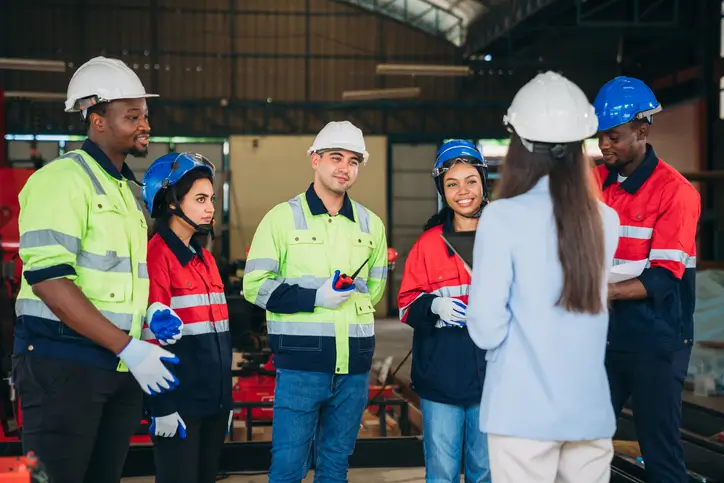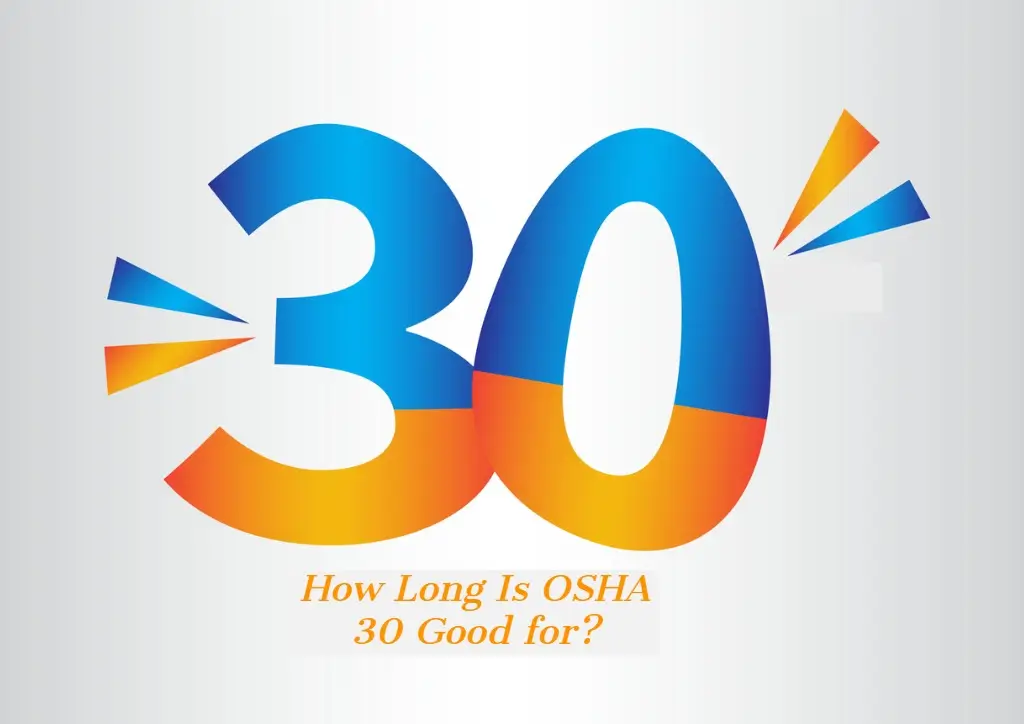Each OSHA quiz is a kind of practice test that prepares you for the final exam, and each section covers crucial topics to prepare you to pass the exam and earn a DOL card. If you are worried about how to pass your OSHA 30-Hour test, there are several online platforms where you may practice for the OSHA test (including this one!)





